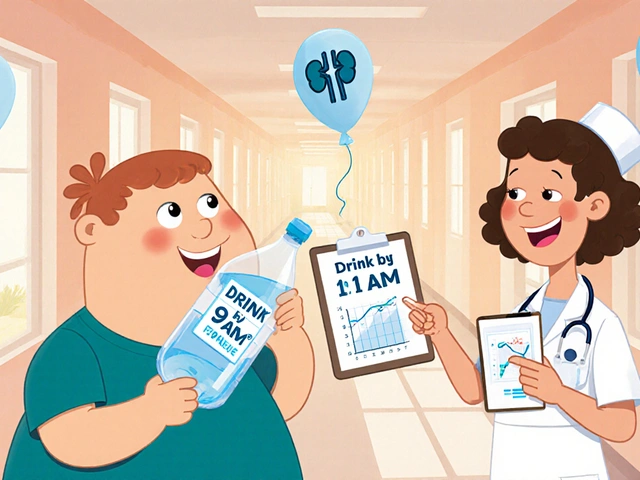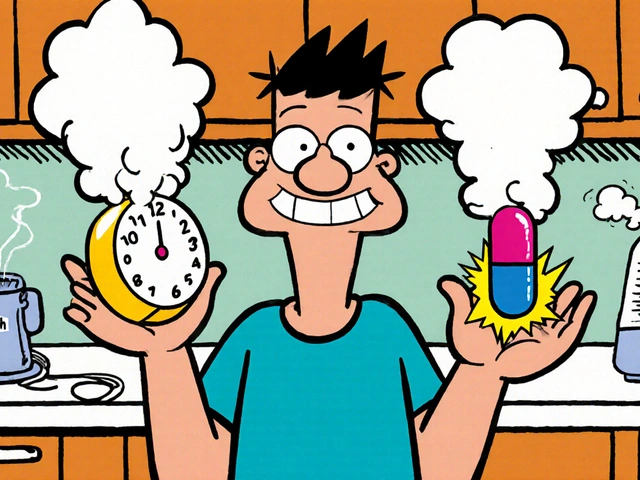Emotional distress: how to spot it and what to do right now
Feeling on edge, numb, or like everything is too much? Emotional distress shows up in many ways—trouble sleeping, constant worry, low motivation, or sudden anger. These are signals, not failures. You can use simple tools to calm your body and make clearer choices. Below are fast relief steps and longer-term options that actually help.
Quick relief you can use now
When distress hits, try these practical moves. First, do box breathing: inhale for 4 seconds, hold 4, exhale 4, hold 4. Repeat five times. Next, use the 5-4-3-2-1 grounding trick: name 5 things you see, 4 you can touch, 3 you hear, 2 you smell, 1 you taste. That pulls your brain out of the panic loop.
If you’re restless, stand up and move for 5–10 minutes—march in place or stretch. Movement lowers stress hormones fast. If sleep is the issue, wind down with a short tech-free routine: dim lights, read a book, and avoid caffeine after late afternoon.
Keep a one-page emergency plan. Write three people you can call, two calming activities you trust, and one phrase to repeat when things get loud in your head (for example, “I can handle one thing at a time”). Having this ready reduces decision fatigue during a crisis.
Longer-term steps and treatment options
For ongoing distress, combine habits and professional help. Good habits: regular sleep, 20–30 minutes of movement most days, small goals each morning, and limiting alcohol and recreational drugs. Track mood and triggers in a simple journal—patterns show up fast.
Therapy works. Cognitive Behavioral Therapy (CBT) teaches practical skills to change unhelpful thoughts and behaviors. If medication is on the table, options include antidepressants like bupropion (Wellbutrin SR) or SSRIs—doctors pick based on symptoms and side effects. If you’re curious about medications or switching options, talk with your doctor; they’ll match a plan to your needs.
Peer support and groups can help too. Hearing how others cope makes problems feel less isolating and gives new tools to try. Online forums, local support groups, or guided workshops are good places to start.
If you’re thinking about harming yourself, can’t get out of bed, or feel like you might lose control, get help now. Call your local emergency number or a crisis line (in the U.S. dial 988). Tell a trusted person where you are and ask them to stay with you or call for help.
Emotional distress is common and treatable. Use quick techniques to steady your nervous system, build habits that protect your mood, and reach out for professional care when needed. Small steps added together change things more than one big move ever will.





